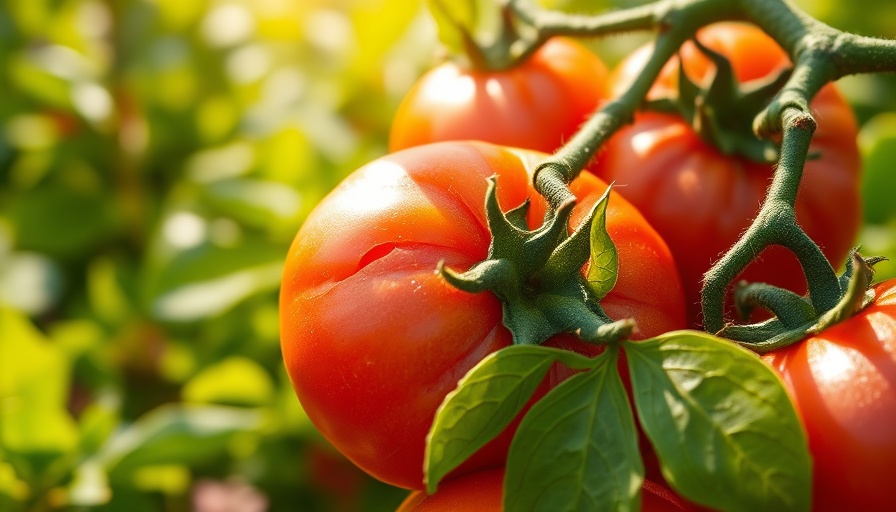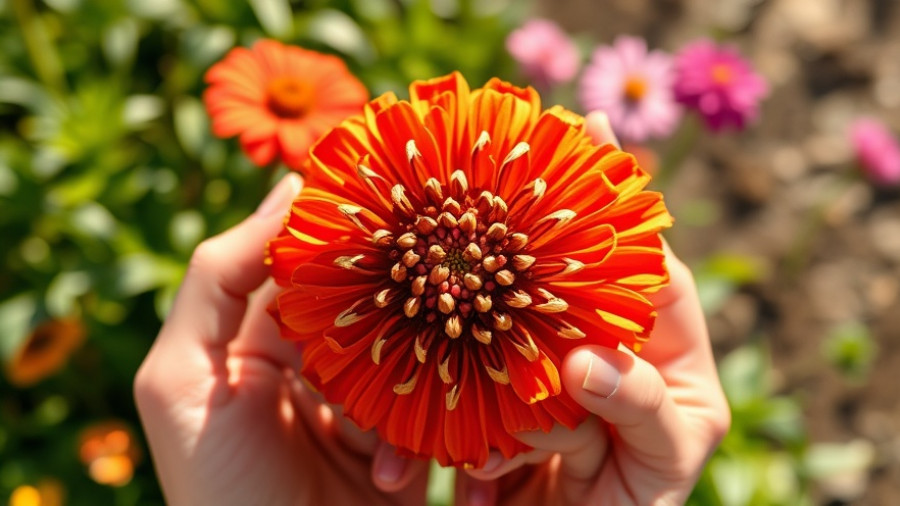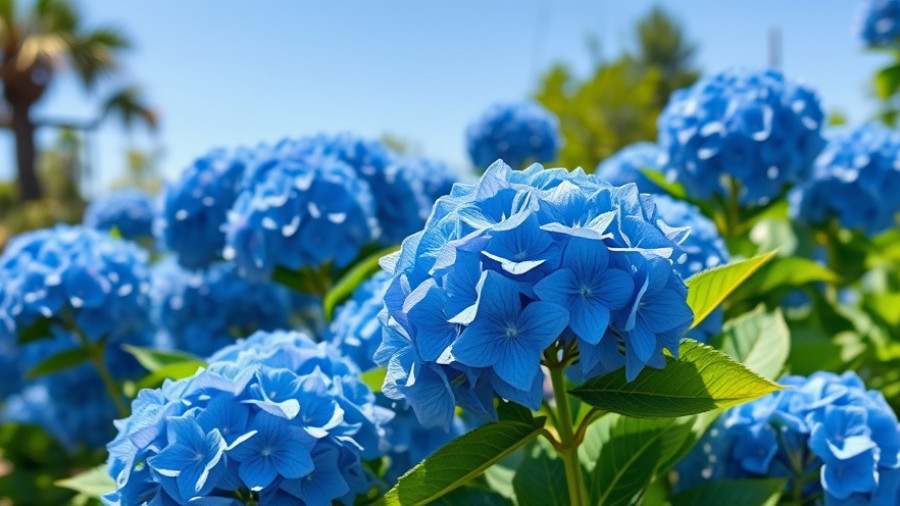
Understanding the Causes of Splitting Tomatoes
Nothing can be more disheartening for a gardener than to diligently nurture their tomato plants only to find those prized fruits marred by cracks and splits. Imperfections often occur as a result of the plants' growth cycle, influenced primarily by inconsistent watering habits and environmental conditions.
Tomatoes, particularly the beefsteak varieties, are prone to developing concentric cracks at the top, while vertical splits may appear on the sides. These splits can occur when a dry spell is abruptly followed by heavy rain, causing the flesh inside the tomato to expand rapidly, outpacing the capacity of the skin to stretch. It's essential to understand that while these tomatoes may appear imperfect, they can still be salvaged and enjoyed if they are free from rot or pests.
Seven Quick Cures to Prevent Cracked Tomatoes
Identifying the cause of cracked tomatoes is the first step, but effectively preventing these issues requires a few strategic steps. Here are seven quick fixes and practices to ensure your tomatoes grow beautifully and crack-free:
1. Watering Consistently
One of the simplest and most effective cures is ensuring that your tomatoes receive consistent moisture throughout their growth. Water your plants regularly to avoid cyclical droughts and downpours, which contribute to fluctuations in fruit swelling that lead to splits. By keeping the soil consistently moist but not soggy, you help maintain a healthy growth environment for your tomatoes. As a rule of thumb, check the moisture level regularly—if it's dry several inches down, it’s time to water.
2. Adding Mulch
Mulching is a great way to lock in moisture while regulating the soil temperature around your tomato plants. A layer of mulch will reduce the rapid evaporation of water after rainfall or watering and will also help moderate soil temperature swings. This is critical to providing a stable environment that helps prevent the plants from experiencing growth shocks that might lead to cracking.
3. Consider the Variety
Different tomato varieties exhibit different cracking tendencies, so consider your choices carefully. Varieties that are bred for stronger skins or more resilience against environmental stresses may be a better fit for your area's climate conditions. Researching specific varieties can lead to fruitful results!
4. Soil Quality Matters
Your soil's health is pivotal in producing robust plants. Invest time and efforts in enhancing soil quality through organic matter and necessary nutrients. Well-draining, nutrient-rich soil not only promotes healthy plant growth but also fosters strong fruit development that is less likely to split.
5. Pruning for Airflow
Enhancing airflow around your plants through good pruning practices can help prevent moisture accumulation that leads to splitting. Proper spacing and reducing overcrowding allows your plants to dry effectively after rains or watering, thus minimizing the chance of splitting.
6. Using Rain Barrels
Consider implementing yard drainage solutions or a rain barrel system to capture runoff from heavy rains. This catch can be useful for efficiently watering your tomatoes later, ensuring a consistent supply without the shock of sudden heavy rains.
7. Pest Management
Lastly, keeping a diligent watch over pests will help prevent damage to your fruit that can lead to further issues, including splits. Healthy, unblemished tomatoes are not just more attractive; they are also more robust against stress, resulting in a better harvest overall.
Transforming Your Garden Experience
By implementing these strategies, you are making a concerted effort to enhance the health of your tomatoes and your garden. Additionally, reflecting on broader outdoor living enhancements can elevate your gardening experience. Consider incorporating outdoor kitchen designs for al fresco dining, landscape lighting ideas to illuminate your garden, or even a fire pit to gather friends and family around.
With the right approaches and an active engagement with your garden, challenges like cracked tomatoes can transform into growth opportunities for both your plants and your gardening skills. Happy planting!
 Add Row
Add Row  Add
Add 




Write A Comment